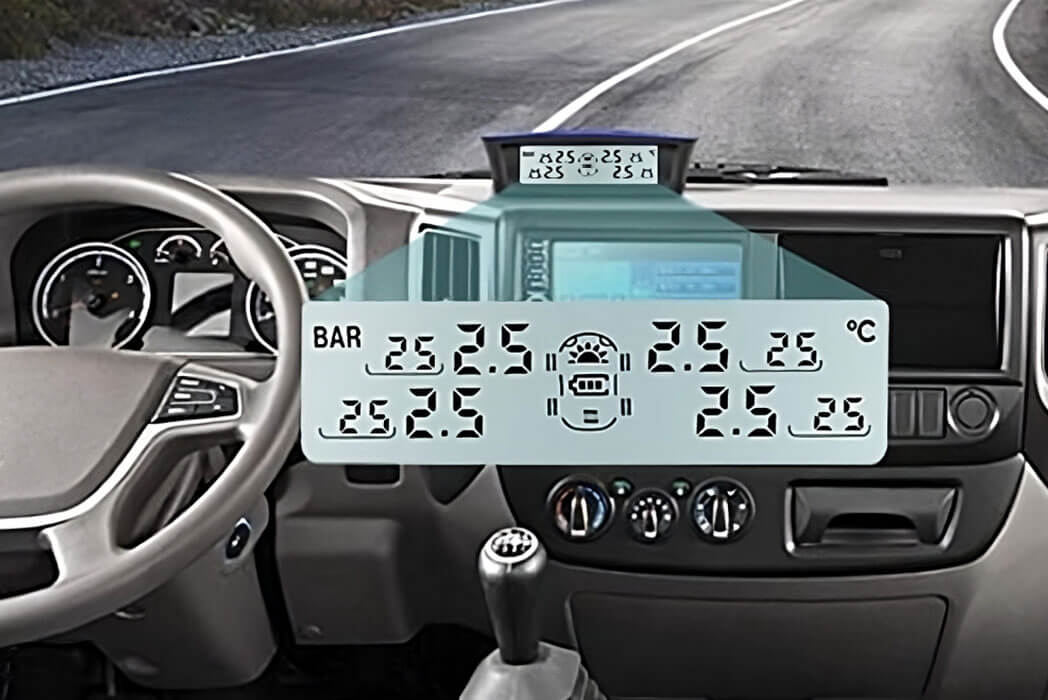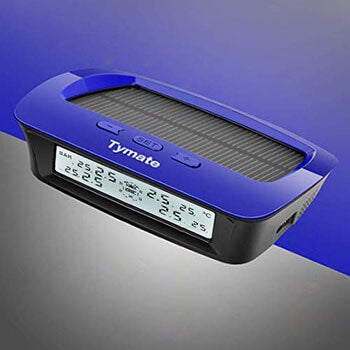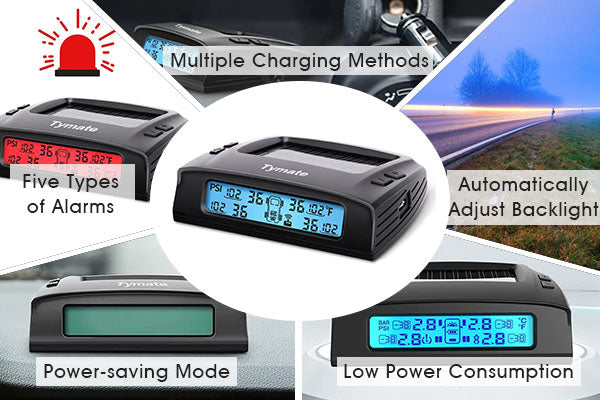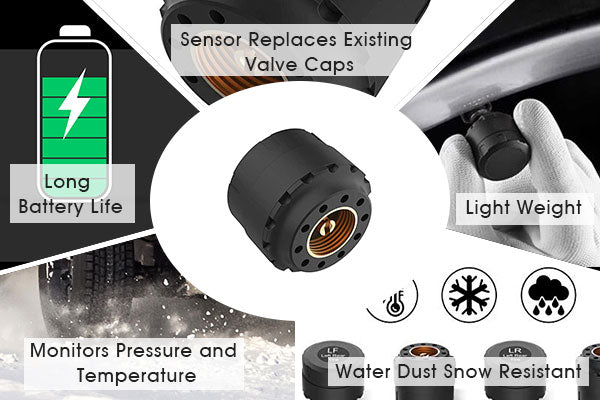
Tire Pressure Monitoring System (TPMS) has made its way around car technology. The government has made it official that every car needs a TPMS sensor. Gathering the proper knowledge about this new device is mandatory for every driver.
Nowadays, more and more cars are being designed and built with TPMS sensors within them. However, it can be tricky to identify what tire has low pressure or if something else is failing in the system.
It can sometimes confuse current drivers about what to do and how to manage this light in different scenarios.
This article will help you with all the necessary information on this subject.
Did The TPMS Light Turn On? What Should You Do?
You can turn on your car, and a yellowish light flashes on your dashboard. You have never seen it, and when checking your manual, you conclude it is your TPMS.
There are many reasons why your TPMS sensor turns on. Even though it is not an emergency when this occurs, it should not be taken lightly.
Some reasons can affect your safety, such as low tire pressure, while others as a false recalibration, can give you more of a headache.
4 Reasons For TPMS Light Activation
Whenever you see this light or your sensor alarms you about your tires, you start with a visual inspection.
Start by checking if you see your tires low or wobbly. You need to make sure all tires are OK. This includes the state in which your tires are, the temperature, and the weight of your vehicle is supporting.
There are various reasons why your TPMS sensor light turns on.
A tire may need air, repair, or replacement, or a sensor may be damaged.
Low Tire Pressure

If your tires have low pressure, or you believe them to be, get a manual gauge, place it into the valve, and inflate up to the manufacturer’s recommendation.
You should never ignore it when the tire sensors indicate an issue. When one or two tires are underinflated, it can reduce fuel economy, unpredictable vehicle handling, and impact safety.
Faulty TPMS Sensor
A dead or failed vehicle battery or the TPMS module not getting any signal from one or more sensors owing to antenna or wiring difficulties are all possible causes of your TPMS sensor light turning on.
Sensor Battery Replacement
If you're having problems with one of your tire pressure sensors, you should expect the other sensors to fail soon. If the problem is due to a dead battery, all the sensors will eventually suffer the same problem.
Tire Rotation Or Replacement
Rotating or even replacing your tire every couple of monthss is recommended. Doing this will ensure you keep your tires in a good state and replace any worn-out ones.
Once your tires are rotated, make sure you also reset your TPMS sensors.
If your sensors are not reset, there is a high possibility that you will receive an alert about your tires not having the appropriate air pressure, and when you check it manually, they are.
Importance Of Addressing The TPMS Light Promptly

As we have already mentioned, paying attention to what your TPMS sensor is notifying can sometimes be lifesaving.
Low tire pressure can lead to faster tire wear, failure, and dangerous car handling. TPMS is the new technology that will save you and extend your car's life.
How Temperature Affects Your TPMS Sensor.

Tire pressure can be affected by both, cold and warm temperatures. Yet, cold weather will affect as well your TPMS alert light.
Specialists have confirmed that for every 10 degrees lower, your tires will lose one or two pounds per square inch (PSI). This will flash your TPMS light every time you turn on your car during winter.
Cold air condenses while warm air expands. Therefore, the colder air in your tires will take up less space in lower temperatures. As a result, you may find that your TPMS light is only illuminated briefly in the morning on freezing days. After about 20 minutes of driving, the air will often warm up and expand, restoring proper pressure in your tires.
If your light does not turn off, then make sure you can check the pressure when possible and refill up the ideal pressure.
Resetting The TPMS Light

When the TPMS light turns on, some people will ignore it and reset it as soon as possible.
Yet, your tire pressure light provides a critical reminder to restore the pressure in your vehicle's tires when it gets low. You should only attempt to reset the light after first addressing the tire pressure in every tire.
Once your tires are at the appropriate pressure, the light may go off on its own. If it doesn't go off right away, driving at 50 mph for about 10 minutes should help the tire pressure sensor reset.
Finding your tymatetpms reset button will depend on which product you bought. Please refer to the manual of your product.
Reset Your TPMS Manually
Resetting your TPMS is not difficult. However, you need to do it following these steps to not mess with it and keep its efficiency 100%.
- Turn the car key to "on" without starting the vehicle yet. Press and hold the TPMS reset button until the tire pressure light blinks three times. Release the button and start the car. The light should go off within 20 minutes.
- Disconnect the positive battery cable while the vehicle is off. Turn the car on and press the horn for three seconds to discharge the remaining power. When you reconnect the battery, the tire pressure light should be off.
- Overinflate all the tires (including the spare) with 3 PSI, then deflate them completely. Re-inflate the tires to help reset the light.
- Bring your vehicle to our service center for professional assistance.
3 Tips To Properly Maintain Your TPMS
Continuing with proper and effective information from your TPMS sensors, proper maintenance is vital.
If you want your car to perform correctly in the next years, you need to follow these easy and simple steps for a proper performance.
- At least once a month, get out the trusty old gauge and check the pressure manually.
- Be proactive in selecting the people that work on your car since they're going to take the tires, remove them or install them.
- If the tire pressure light continues to flash after resetting, it may indicate a more serious issue or even a tire pressure sensor fault. In this case, you can contact our team for further guidance.
You can have additional details in this video.
Final Thoughts
TPMS is new and can be tricky to deal with. Plus, there are many reasons why your TPMS sensor light turns on. You should be aware of them and act accordingly.
From low tire pressure, cold temperature, or even low battery, you must verify all of them for your safety and your tires' lifespan.
You do not need a technician to reset your TPMS sensor. You can do it by yourself.
However, if you are in doubt, you should contact a specialist or manufacturer for proper guidance.


